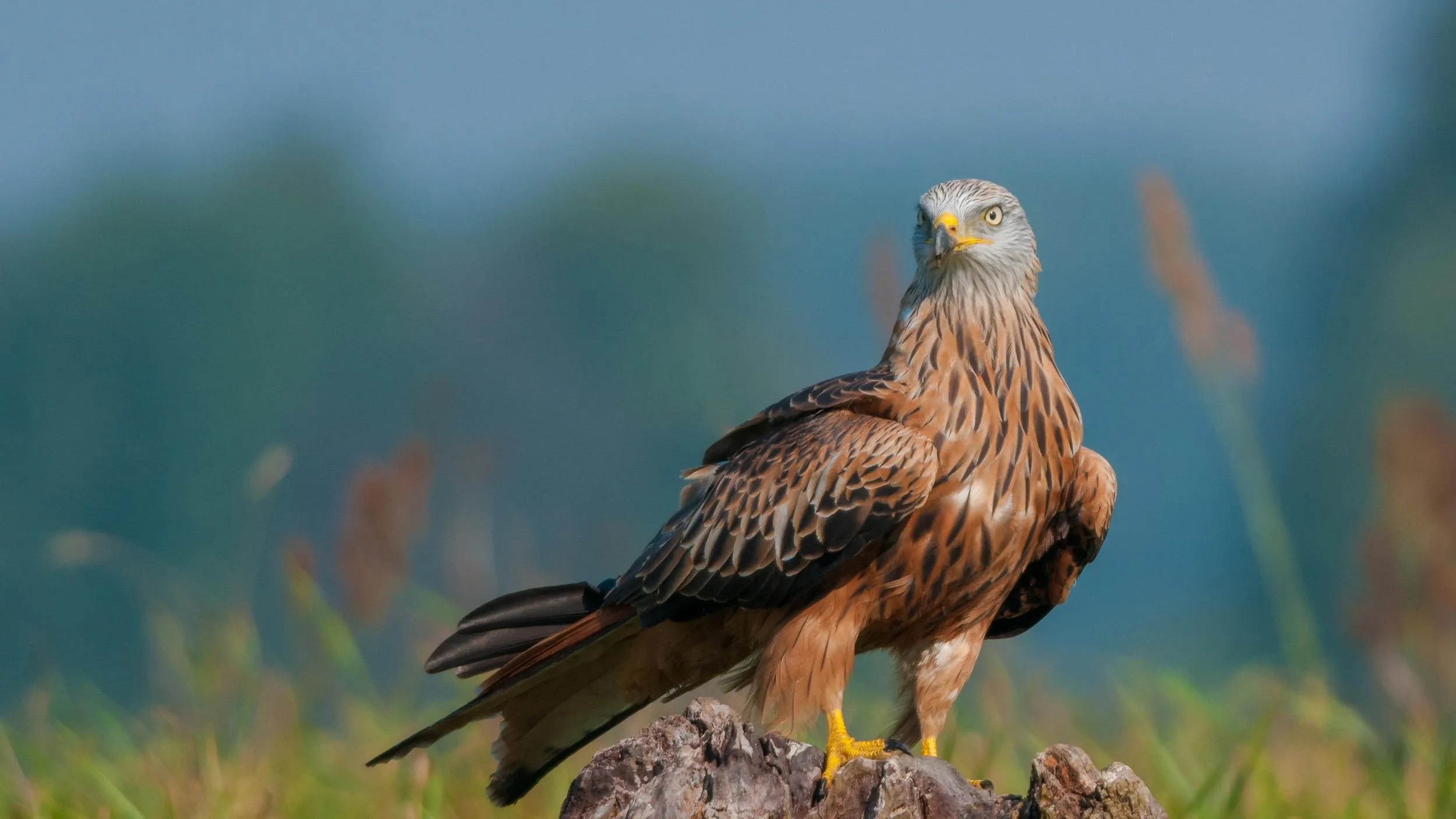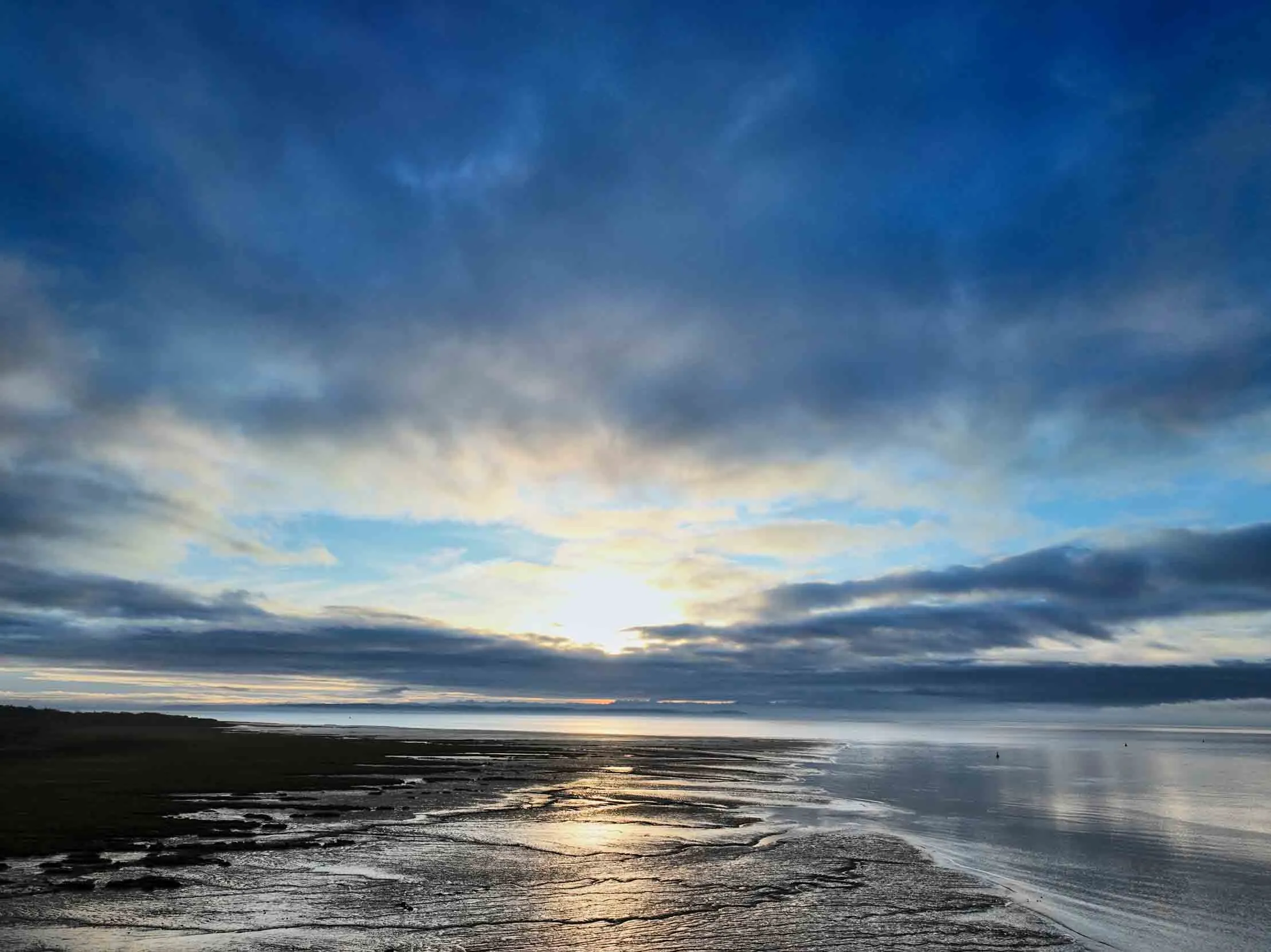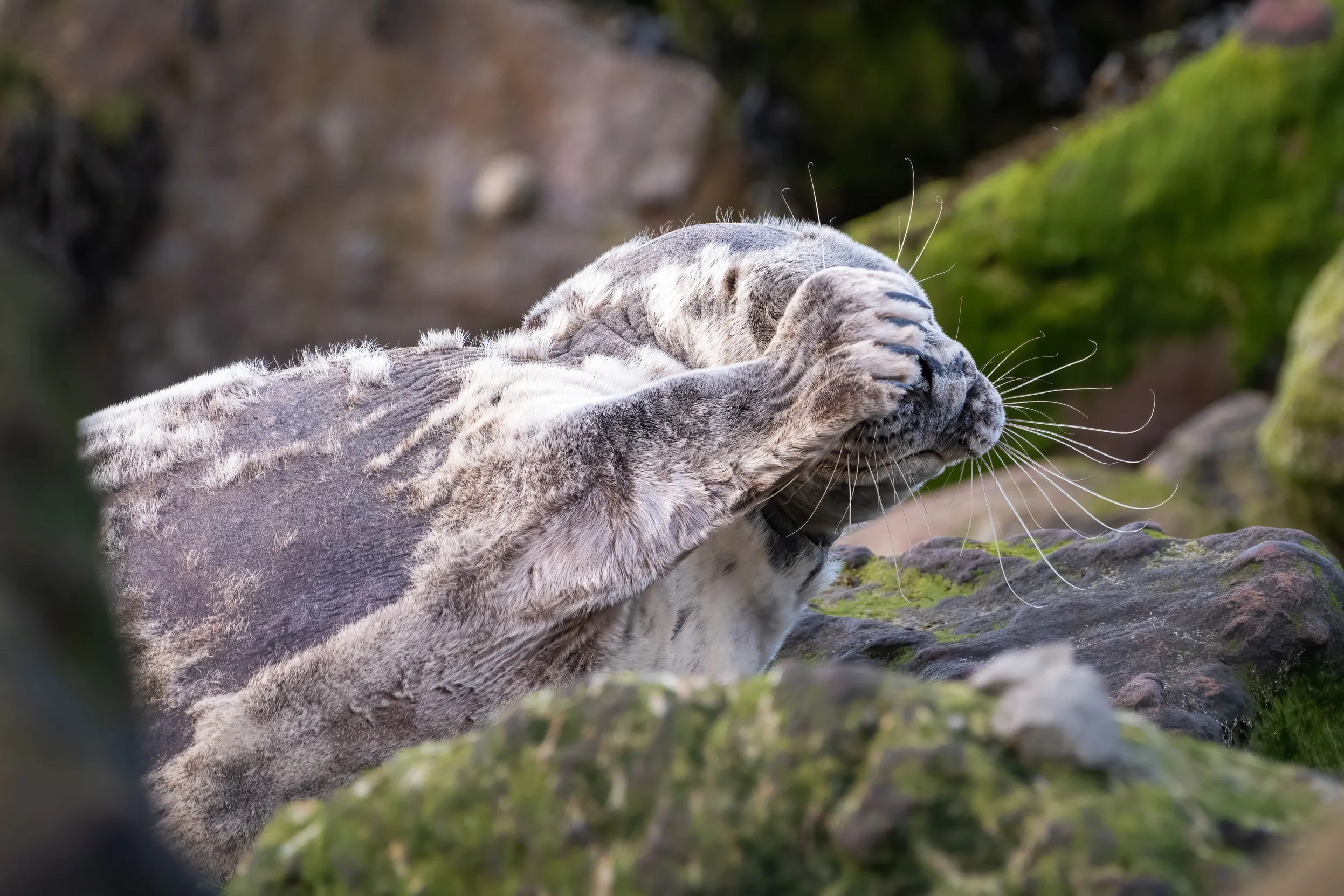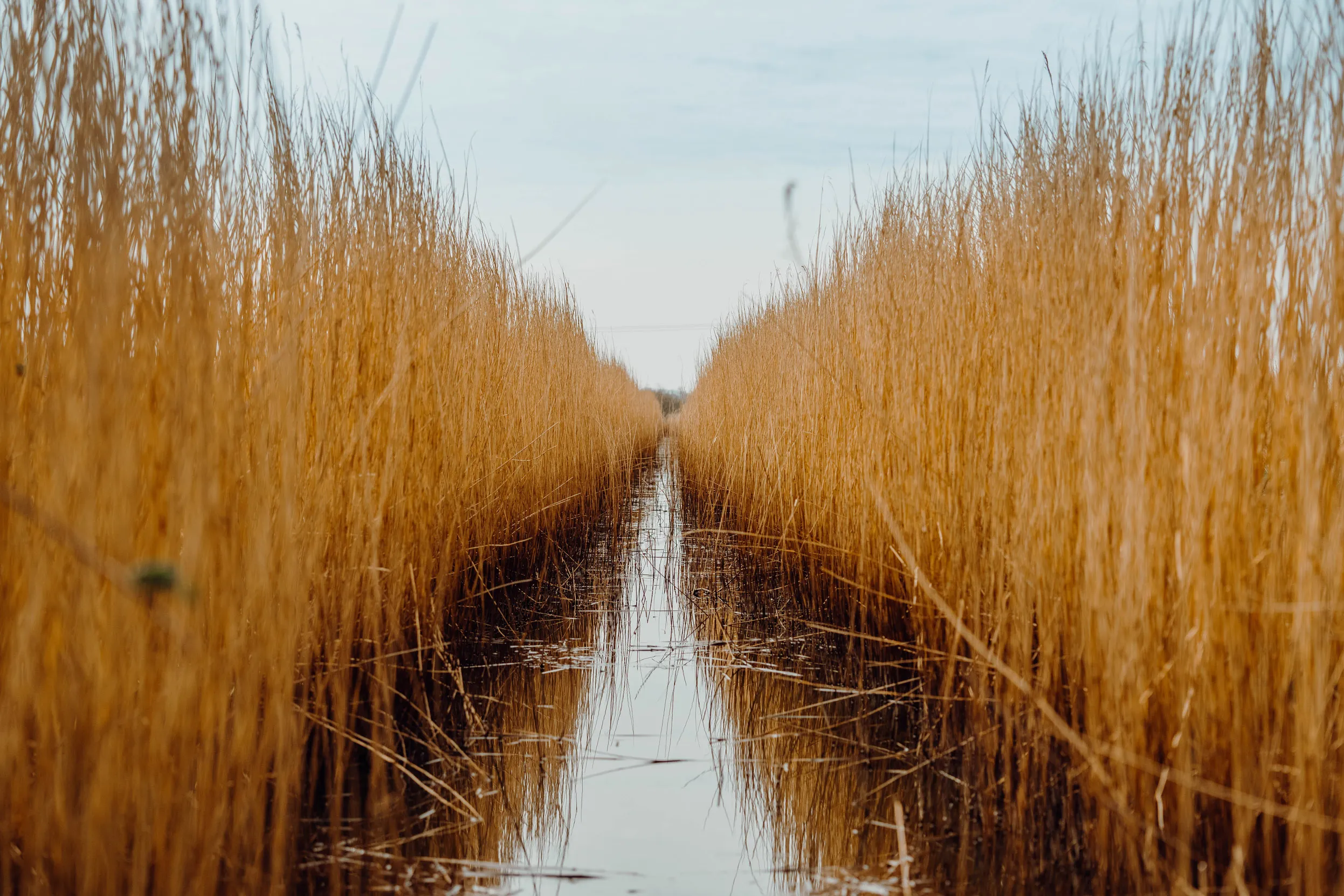Wales: How we help Welsh wildlife & habitats
Discover how RSPB collaborates with the government to safeguard Welsh wildlife and habitats for a sustainable future.

On this page
Wales
Learn more about RSPB Cymru’s vital work to restore wildlife, help people connect with nature and spread the word about nature friendly farming.
We work across Wales to give wildlife a home. RSPB Cymru manages 18 reserves across the country, ranging from offshore islands to mountain tops, from wetlands to woodlands. We’re safeguarding diverse habitats for the species that live in them, so wild spaces and wild creatures are around for generations to come.
In a country where Choughs swoop above steep cliffs, Red Kites soar over rugged hillsides and Grey Seals laze along the coast, it can be hard to believe that nature is in trouble. But it is. Wales is now one of the most nature depleted countries in the world, with populations of wild birds, mammals, amphibians, insects and invertebrates under serious pressure. That’s why our efforts matter more than ever.

Discover our work in Wales in the 2022-2023 Annual Report
Download a copy of our Annual Report for an in-depth look at our year of saving nature in the UK and around the world. From the wonder of Wild Isles to why we won a UN award for our work in Kazakhstan, you’ll find it all in this year’s Report.
The people of this country share our vision of a restored and protected natural world, so RSPB Cymru is calling on the Welsh Government to turn targets into action by:
- Ensuring that the upcoming Agriculture Bill and new Sustainable Farming Scheme supports farmers to become nature and climate champions
- Properly protecting marine wildlife and publishing a Seabird Conservation Strategy
- Setting ambitious legal targets for nature recovery
- Improving protected areas for nature
- Creating a Nature Service for Wales
- Providing funding for schools so that every child can have regular first-hand experiences in nature

Take action
Together, let's give nature a home
We work to protect Welsh wildlife. But we couldn't do it without you. Will you give us your support? Each member gets:
- Unlimited entry to more than 170 UK nature reserves
- RSPB magazine and Y Barcud – RSPB Cymru's newsletter – every quarter
- A welcome pack to help you make the most of your membership
Become an RSPB member. Your membership helps us save nature and protect wild places.

Conservation
We’re working to protect Wales’ special habitats and wildlife. With diverse habitats and strongholds for some of the UK’s most threatened wildlife, we’re kept very busy.
Safeguarding special habitats and wildlife
Wales is home to incredibly important and unique wildlife habitats:
- Important sections of the Welsh Rainforest the western Atlantic Oak woodland – habitat for Pied Flycatchers, Wood Warblers and Redstarts, Lichen, Mosses and Liverworts.
- Ffridd, a habitat unique to Wales. Found on the edges of our mountains and moorlands between farmland and uplands, this mosaic of heath, grassland, bog and scree is a vital corridor for wildlife.
- Offshore islands – we look after important colonies of seabirds including Gannets, Guillemots and Manx Shearwaters.
Farming
Around 90 per cent of Welsh land is managed for farming. For centuries, the traditional and mixed farming systems in Wales had provided habitats for a wide range of wildlife. Sadly, these iconic farmland sights and sounds are declining.
Farmers are under pressure to produce ever more food, and this has brought problems for farmland wildlife and the habitats they depend on.
Some of Wales’ farmland birds, like the Lapwing and Yellowhammer, have suffered severe declines. These species have traditionally relied upon farming systems that provided a patchwork of habitat for nesting, food sources and cover for chicks. Understanding and addressing the factors leading to these declines, and how to rectify them, could help prevent them in the future.
Farmers are not the enemy in nature’s decline. They have a major part to play in its restoration.
Policies and schemes must enable Welsh farmers to farm in a nature friendly way. In turn, this will allow us to provide food security for future generations.
There are farmers doing just this through nature friendly farming and have seen the benefits this type of farming can bring to their farm’s resilience and business. We’re working closely with them so we can understand and share the wider benefits of farming in harmony with nature.

The future of farming in Wales
In 2022 the Sustainable Farming Scheme (SFS) and Wales Agriculture Bill was published – it's a huge opportunity to ensure farmers are properly funded to produce food sustainably. We are working to make sure the SFS and Agriculture Bill drives real change. Find out more in our blog Farming and Nature in Wales.
Reserves
RSPB Cymru looks after 18 nature reserves covering mountains, coastlines, forest, farmland and everything in between. They're places of protection for wildlife, as well as peaceful havens where people can explore and connect with nature.
There’s Ynys-hir – set between the peaks of Snowdonia to the North and the Cambrian mountains to the South – where wading birds take to the skies in spectacular display flights during mating seasons and Hen Harriers send wintering wildfowl scarpering. Or the sweeping Lake Vyrnwy, ringed by woodland and rolling hills where Peregrine Falcons hunt and Wood Warblers sing from the trees. At South Stack Cliffs, our Ynys Cybi reserve, you can spot seabirds ducking and diving and keep an eye out for the rare red-beaked member of the crow family – the Chough. Down by the lagoons at Conwy, you can look out for long-legged Black-tailed Godwits in spring and the bold black and white plumage of Lapwings in winter. There’s so much to be discovered at all our sites.
Our work at reserves includes managing the habitat we’ve already got to keep it in good condition for wildlife. We also create new habitats. For example, at our Cors Ddyga reserve on Anglesey we’ve established reedbeds, marshes, wet grassland and small pools out of an area of farmland.
Our reserves receive around 350,000 visitors each year. Whether you’re after a wander among the wildlife, fancy a yoga session in a scenic spot, want to take the kids on a bug hunt or for a sleepout under the stars – there’s something for everyone.



